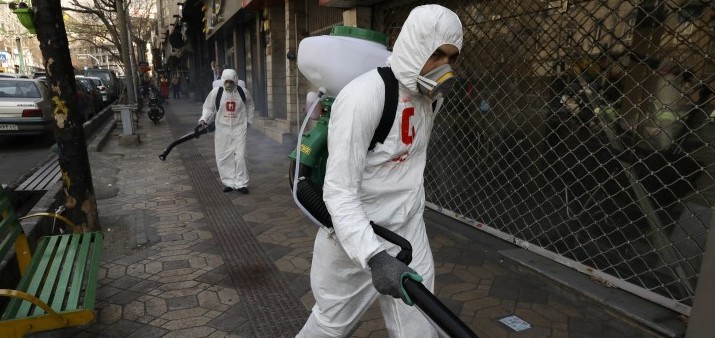One year ago today, the number of confirmed cases of COVID-19 in the US passed 85,000, surpassing China where the virus had begun, and giving us the unenviable distinction of being #1 in the world. Today, America still holds that distinction, with over 30 million confirmed cases of the virus and more than half a million deaths, outpacing other nations by a large margin — although a handful of smaller countries have suffered more severely in per capita terms. And although few nations have been wholly immune to the equally virulent contagion of social unrest and political dysfunction, perhaps none has witnessed such profound fraying of the social bonds during this seemingly interminable year than America.
Login to read more
Sign in or create a free account to access Subscriber-only content.
